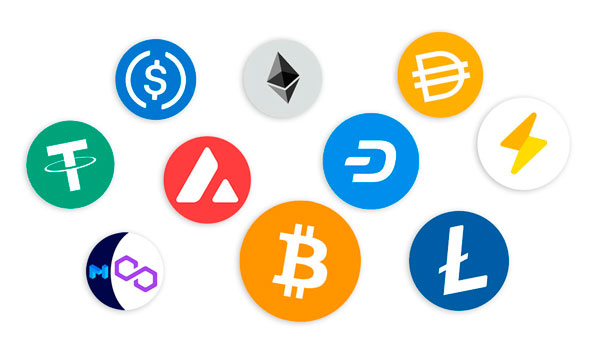Gold, often hailed as the "King of Metals," transcends mere ornamentation, standing as an unyielding pillar in the global economic panorama. Its paramount significance is exemplified by the substantial gold reserves safeguarded by central banks, a tradition echoing through centuries and underscoring gold's unparalleled value. During the late 19th and early 20th centuries, the gold standard era witnessed major economies, including the United States, pegging their currencies to gold. The stability of the global financial system was thus fortified. The U.S., a powerhouse of the time, boasted vast gold reserves, notably around 20,663 metric tons in 1939, stored securely at Fort Knox in Kentucky.
Gold's role extends beyond its charm; it functions as a financial cornerstone, fostering stability, credibility, and global relations. To grasp its cultural, economic, and historical worth requires delving into its extensive history, revealing its enduring allure and profound impact on human history.
Ancient Beginnings: Gold's Cultural Resonance
Gold, a coveted metal throughout history, enchanted civilizations like the Egyptians, Greeks, and Romans. In ancient Egypt, it symbolized divine power and immortality, while in Greece, it was associated with gods, deemed indestructible due to its non-reactive nature. Ancient China and India cherished gold for its cultural and economic significance. In China, it brought prosperity and good luck, while in India, it became integral to ceremonies and festivals, passed down as cherished heirlooms.
Spanish Conquest and the New World: A Shifting Global Landscape
The 15th and 16th centuries marked the Spanish conquests, unearthing significant gold reserves in regions like Mexico, Peru, and parts of Central and South America. Legendary places like El Dorado led to abundant discoveries, altering global gold supply, impacting trade dynamics, and laying the foundation for modern banking systems.
Gold Rushes and Exploration: Shaping Territories and Technologies
The 19th-century gold rushes, notably in California and Australia, acted as transformative events, sparking economic booms and technological advancements. Miners and prospectors, driven by the allure of wealth, developed innovative techniques that not only revolutionized mining but also catalyzed progress in industrial and engineering domains.
The Gold Standard Era: Confidence in Monetary Systems
The late 19th and early 20th centuries witnessed the widespread adoption of the gold standard, anchoring nations' currencies to specific gold quantities. While instilling confidence in monetary systems, its rigidity became apparent during economic downturns, prompting a transition to more adaptable monetary systems.
Gold in the Modern Era: A Safe-Haven Asset
The 20th century, shadowed by World Wars, saw heightened gold demand as governments and individuals sought it as a safe-haven asset. Post-World War II, gold played a pivotal role in shaping the global monetary system, persisting into the 21st century as a hedge against economic volatility and geopolitical tensions.
Gold's Influence on the Modern Global Economy
Today, gold's enduring importance is evident in the extensive reserves held by central banks, including the U.S., Germany, and the IMF. These reserves act as a safeguard during economic downturns, instilling confidence in the financial system. As a safe-haven asset, gold remains universally acknowledged, evidenced by its surge in demand during crises like the 2008 financial downturn.
Gold's Multifaceted Role in the Contemporary World
Gold's influence extends beyond its traditional roles. In addition to being a store of value and a safe-haven asset, it plays a crucial role in various sectors, from jewellery to electronics, aerospace, and medical applications. Its unique properties contribute to its indispensability in modern industries.
Factors Shaping Gold Prices: A Complex Interplay
Gold prices are influenced by intricate factors such as supply-demand dynamics, economic indicators, geopolitical events, currency strength, central bank policies, market speculation, and industrial demand. Understanding this interplay is crucial for comprehending gold market dynamics.
Conclusion: Gold's Timeless Resilience
In conclusion, gold's historical journey unveils not only its economic implications but also its profound impact on our lives and businesses. Symbolizing human creativity, resilience, and adaptability, gold acts as a bridge across generations, a timeless emblem connecting our past, present, and future. As we navigate economic complexities, the enduring value of gold remains a constant and compelling reminder.









